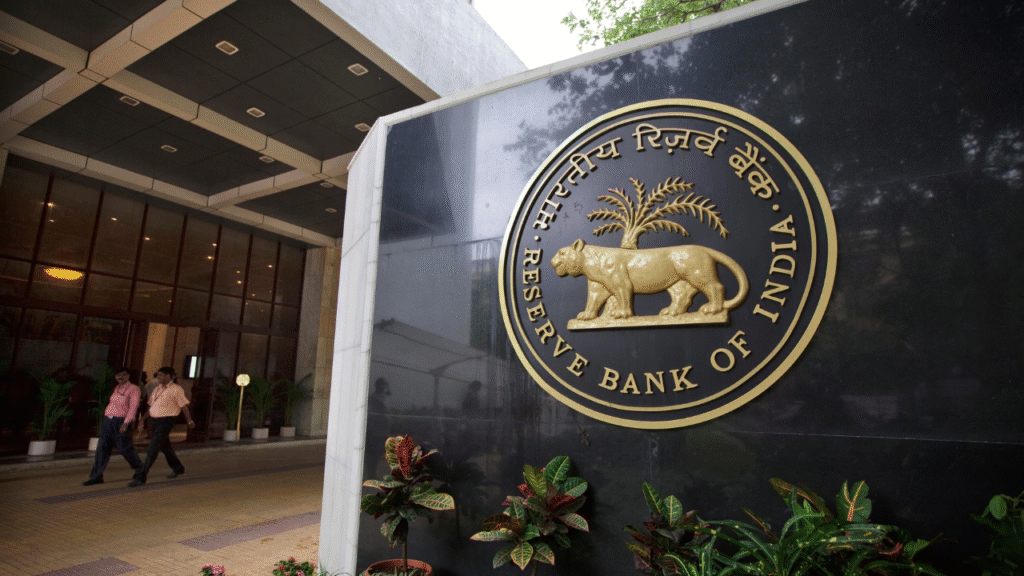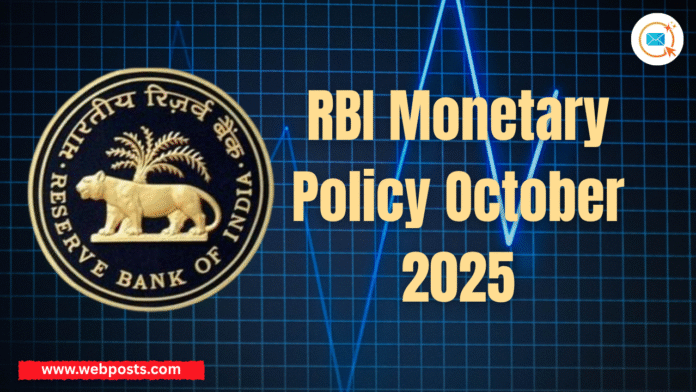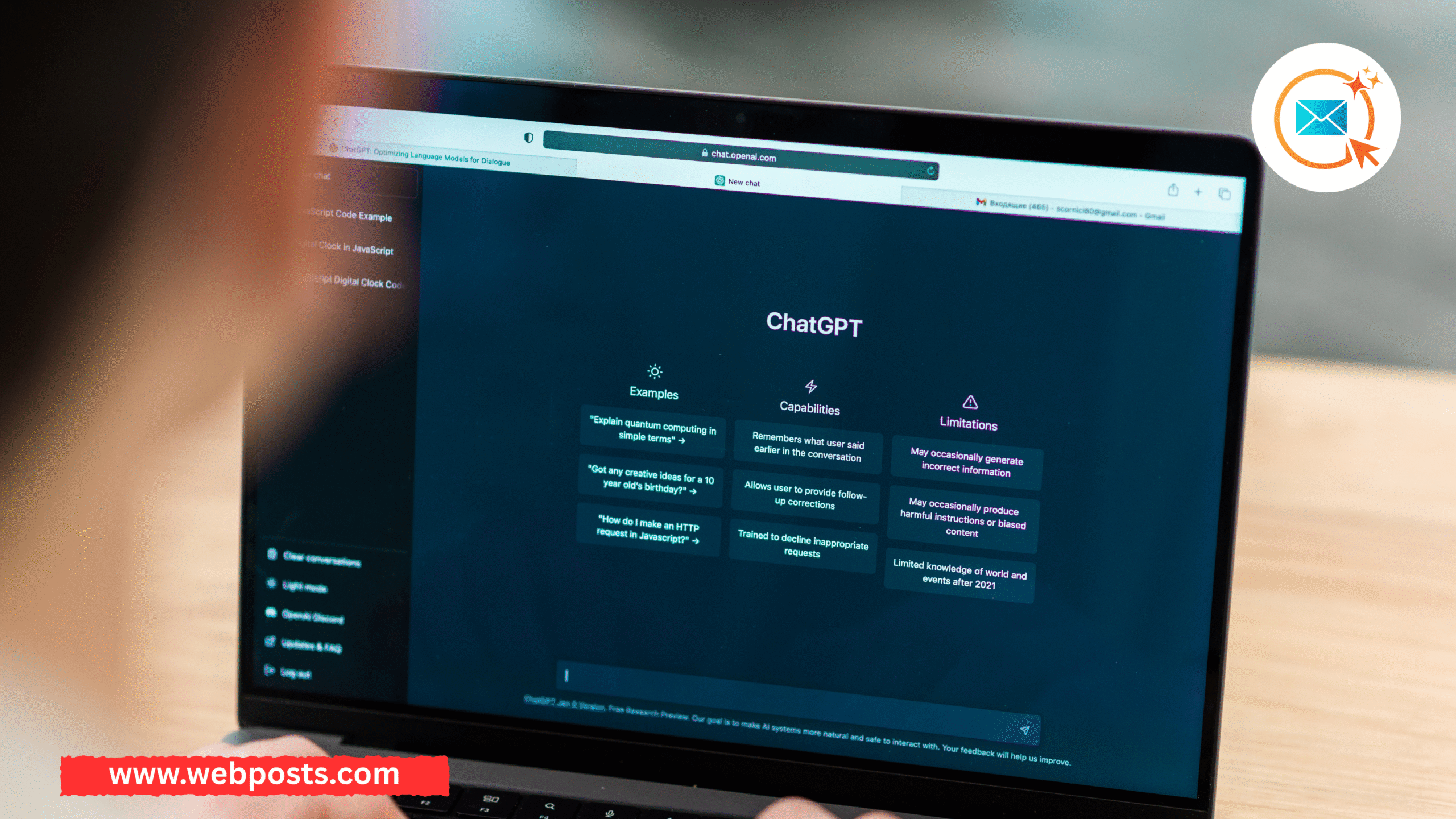Key Points and Effects on the Market of RBI Monetary Policy October 2025
The Monetary Policy Committee (MPC) of the Reserve Bank of India (RBI) made a decision at the end of its October 2025 meeting that has an immediate effect on investors, borrowers, and the Indian economy as a whole. The central bank kept its “neutral” stance and the repo rate remained at 5.5%, as was widely expected.
The RBI also updated its forecast for FY26 GDP growth to 6.8%, citing improved private investment, stable international conditions, and stronger domestic demand. Nonetheless, worries about inflation, world oil prices, and geopolitical unpredictabilities still influence policy choices.
This blog post explains the most recent policy announcement, what it means for you, and what it means for you if you are a home loan borrower, stock market investor, or business owner.
What is the Repo Rate, and why is it important?
- The repo rate is the interest rate at which the RBI gives money to banks. Everyone in the economy has to pay more to borrow money when this rate changes.
- When the repo rate goes up, it costs more for people and businesses to borrow money.
- A lower repo rate means that loans are cheaper, which leads to more spending and investing.
- To keep inflation in check, the RBI has raised rates a lot since February 2023. Inflation has stayed between 4% and 6% since the middle of 2024, which gives the central bank some space to work with. By keeping rates steady, the RBI is showing that it is stable and cautious in the face of global uncertainty.
Important news from the RBI MPC in October 2025
The most important things to take away from the last policy review are:
- The repo rate stays the same at 5.5%.
- Position: Neutral—The RBI will make decisions based on how inflation and growth are changing.
- GDP Forecast FY26: Up from 6.5% to 6.8%
- Inflation Forecast: It should stay around 4.9% in FY26.
- Liquidity Management: The RBI will use VRRRs and OMOs to keep the system in balance.
- Digital Rupee Update: Plans are in place to expand the pilot in retail CBDC.
- The world outlook is still risky because of US Fed policy, oil prices, and conflicts between countries.

Why did the RBI not lower rates?
A lot of people who borrowed money were hoping for a cut in the repo rate to lower the cost of home loans, car loans, and EMIs. The RBI, on the other hand, chose to be careful. Here’s why:
- Prices of cereals, pulses, and vegetables are still going up and down.
- Brent crude oil prices are hovering above $90 per barrel, which adds to the pressure on global oil prices.
- Geopolitical risks: Conflicts in West Asia and the US Fed’s tightening of policy make things unclear.
- Strong growth: The RBI doesn’t feel the need to lower rates to boost demand because GDP is expected to grow by 6.8%.
Effects on Borrowers
- This means that the EMIs will stay the same for now for people who have home loans and car loans. Banks probably won’t lower their lending rates until the RBI makes things easier.
- For current borrowers, there is no immediate relief. They should keep paying their EMIs.
- New borrowers: Loan rates are stable, but they are still higher than they were before 2022.
- Fixed vs. Floating: Borrowers with floating rates need to pay close attention to what the MPC does in the future.
Effect on the stock market
The stock market had already taken into account a decision to “no change.” After the policy:
- Banking and NBFC stocks: Expected to stay stable as margins stay the same
- Real estate sector: Some disappointment because hopes for a rate cut were pushed back.
- FMCG and consumer durables: No effect, depends on holiday demand
- IT and export-led sectors: will keep an eye on global trends and the value of the rupee.
- In general, the RBI’s cautious approach keeps the market stable and avoids any shocks.
Effect on Companies
- The repo rate staying the same means that the cost of capital stays the same for businesses, especially MSMEs and large companies. Corporate confidence may rise as GDP forecasts rise.
- Exporters need to be careful because currency values can change.
- Stable inflation means that domestic businesses can expect steady demand.
- Startups and small businesses still have to pay more to borrow money than they did in 2021–22.
The RBI’s Growth Outlook
The RBI is hopeful that the GDP will grow by 6.8% in FY26 because:
- More money spent on infrastructure
- Better demand in rural areas because of a good monsoon
- Stable inflation that helps people buy things
- Continued government spending on capital projects until 2026
- There are still risks, though, from a global slowdown, oil shocks, and bad weather.
What the Experts Say
Economists think the RBI’s choice is a balancing act: it supports growth while keeping inflation in check. If inflation goes down and things get better around the world, a rate cut might not happen until the middle of 2026.
What Should Borrowers and Investors Do?
- Borrowers: Be ready for stable EMIs in the near future. Don’t borrow too much money.
- Investors: Look for sectors like banking, infrastructure, and consumption that do well when growth is steady.
- Businesses: Make plans based on a stable cost of borrowing, but keep an eye on how unstable things are around the world.
Final Thoughts
The RBI’s decision to keep the repo rate at 5.5% in October 2025 shows that it is committed to stability in a world full of uncertainty. India’s economy is still strong, even though GDP growth has been revised up.
For the time being, borrowers will have to wait longer for rate cuts, but investors can expect markets to stay stable. The central bank’s neutral position gives it room to react flexibly to future shocks, which will keep India’s growth story on track.






